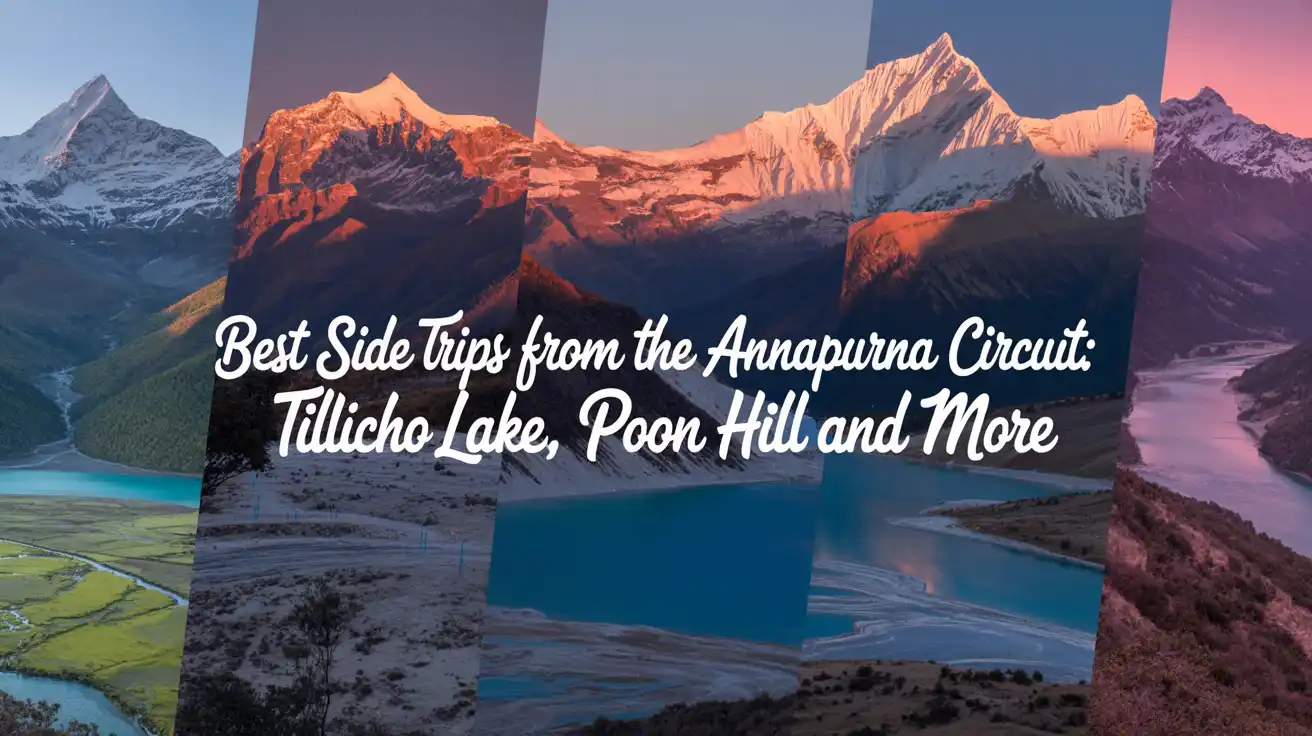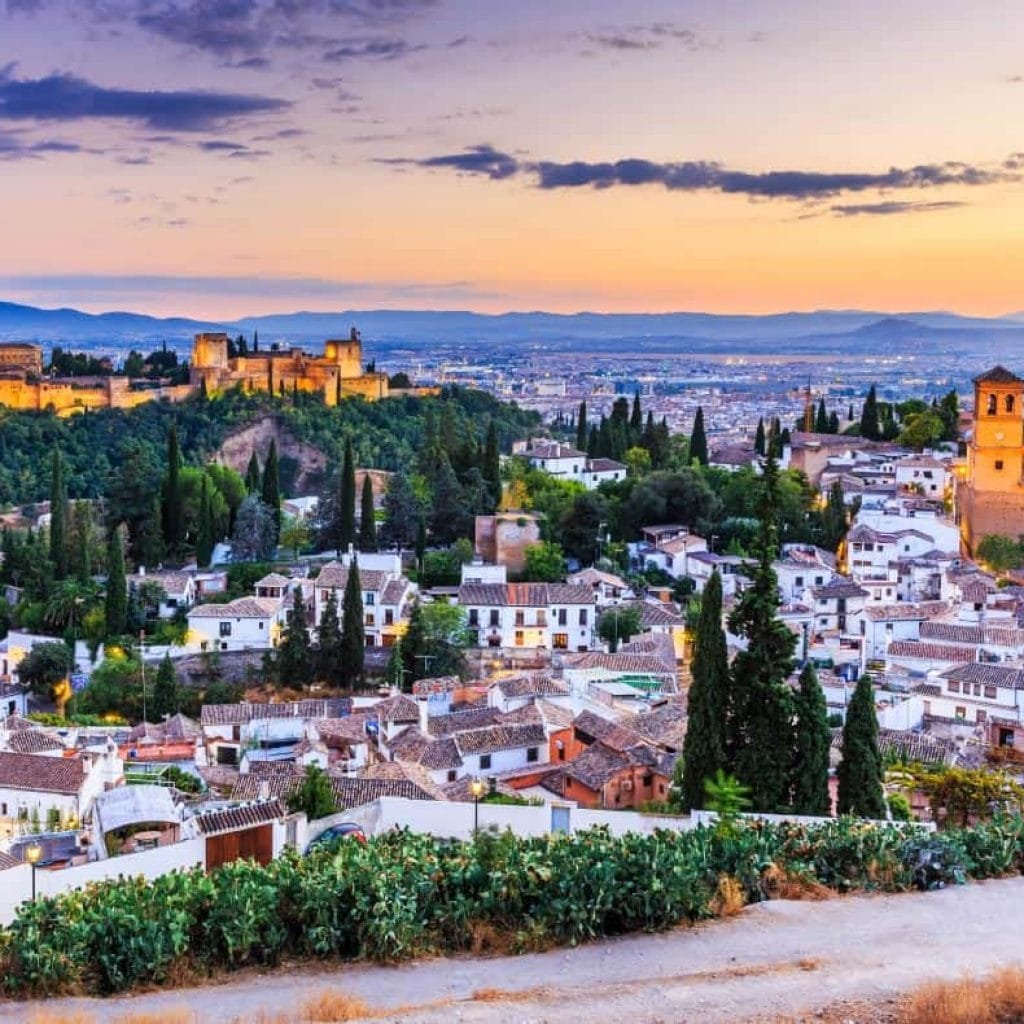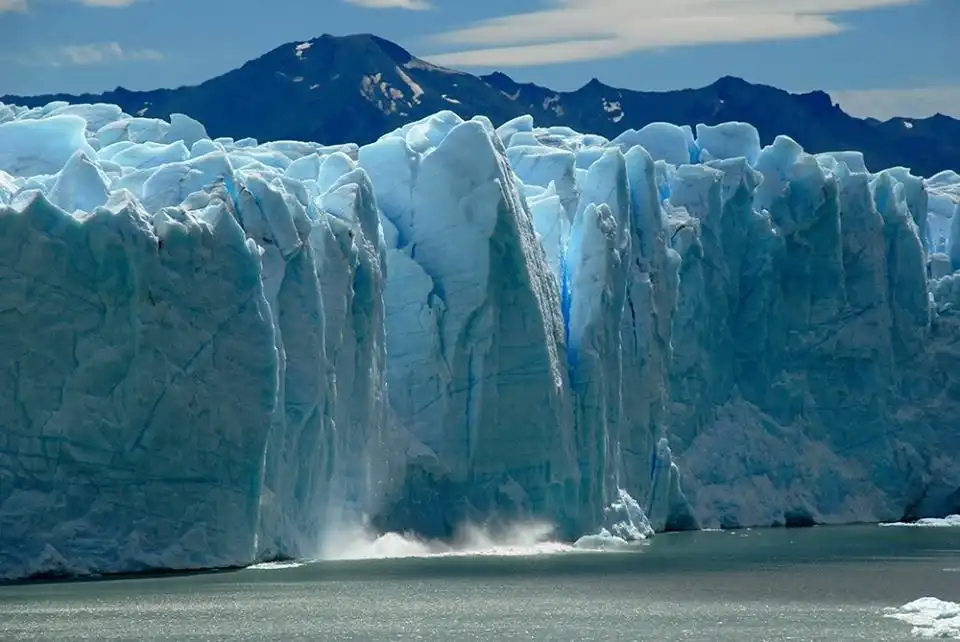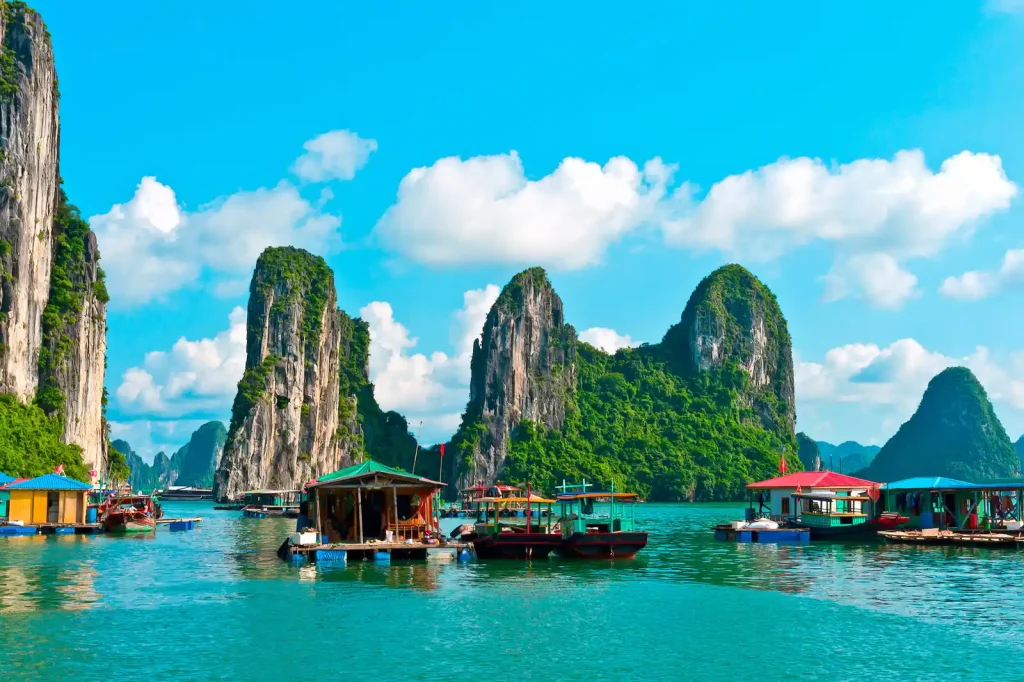Best Side Trips from the Annapurna Circuit: Tilicho Lake, Poon Hill and More

You’ve probably heard the name before. The Annapurna Circuit. It’s almost mythical in the world of trekking. A place where legends are made—and boots are broken in. But while the circuit itself is undoubtedly epic, the side trips? Oh, those are where the hidden magic lives.
Seriously, sometimes it’s not the main trail that leaves you speechless, but a quiet glacial lake tucked behind a ridge or a charming village you stumbled upon because you took a wrong turn. Or maybe not wrong. Just… different.
Let’s be honest—no one treks the Annapurna Circuit Trek just for the bragging rights. Well, okay, some do. But for most, it’s the mix: the stunning views, the cultural immersion, the rhythmic silence of snow-capped peaks, and yeah, those surprising little detours that make the entire trek feel personal.
Trips from the Annapurna Circuit – Map Details

If you’re planning to hit the Annapurna Circuit—or maybe you’re already on it and wondering if that detour to Ice Lake is worth the climb—this guide’s for you.
We’ll walk through the most rewarding side trips from the Annapurna Circuit trek, including where to stay, how long it takes, what you’ll see, and why, maybe, just maybe, these places will be the highlight of your entire trekking adventure.
1. Tilicho Lake – The Glacial Jewel of the Himalayas

It’s surreal. That’s the only word that really does Tilicho Lake justice. Nestled at around 4,919 meters, it’s one of the highest lakes in the world. The Tilicho Lake Trek splits off from Manang and leads you through narrow paths carved into steep rock faces—both thrilling and, yeah, a bit nerve-wracking.
But then, you arrive. And it’s so quiet, with the lake reflecting Tilicho Peak and other snow-covered ridges in a way that feels unreal. Like maybe it’s a trick of the light.
Distance/Duration: About 4-5 hours from Shree Kharka to Tilicho Base Camp. Then another 3-4 hours to the lake.
Where to Stay: Tilicho Base Camp—basic, limited beds. Arrive early.
Why Go: It’s breathtaking. Also Instagram-worthy if you’re into that. But mostly it’s the feeling. The isolation. The blue silence.
Pro Tip: Do not underestimate the altitude. Acclimatize in Manang or Ice Lake first. Carry water bottles, layers, and some patience.
2. Poon Hill – Sunrise That Feels Like a Revelation

Ghorepani Poon Hill isn’t exactly a hidden gem. In fact, it’s probably one of Nepal’s most photographed viewpoints. But don’t let that stop you.
Waking up in the dark, hiking up with your headlamp, standing among dozens of other sleepy trekkers—then watching the sky blush over Annapurna South, Dhaulagiri, and Machhapuchhre. It’s… emotional. Even a bit spiritual, depending on your mood.
Distance/Duration: 45 minutes to 1 hour hike from Ghorepani to Poon Hill.
Where to Stay: Ghorepani—well-developed, cozy teahouses, warm apple pie, the works.
Why Go: For the kind of sunrise that sticks in your head long after your legs forget the trek.
Photographer’s Tip: Arrive early to snag a good spot. The horizon glows soft pastel before the sun rises fully.
3. Ice Lake (Kicho Tal) – Acclimatization with a View

You’d think the name would give it away. But Ice Lake is more than just cold—it’s otherworldly. The trail starts from Manang and climbs sharply, making your lungs work overtime.
But the reward? Two turquoise lakes surrounded by alpine meadows and 360-degree mountain views.
It’s a perfect acclimatization hike: high elevation, but you return to sleep low.
Distance/Duration: 6-7 hours round trip from Manang.
Why Go: Gorgeous, relatively quiet, and great for preventing altitude sickness.
Packing Tip: Take lunch, a trekking pole, and plenty of layers. It gets windy.
4. Nar and Phu Valleys – Culture Frozen in Time

Trekking into the Nar Phu Valley is like time travel. Stone-built villages, spinning prayer wheels, monks in red robes, and an eerie sense that not much has changed in centuries.
Not many trekkers take this route. It’s remote, requires extra permits, and isn’t easy. But if you’re an experienced trekker and crave cultural immersion? It’s unforgettable.
Access: Branches off from Koto, before reaching Manang.
Duration: At least 5-6 extra days.
Why Go: For authentic Tibetan culture and landscapes that feel untouched.
Permit Tip: You’ll need a special permit and a guide—plan ahead.
You Might Like To Read This:
5 Unexpected Challenges On The Manaslu Circuit Trek
Tour du Mont Blanc Hike: Everything You Need to Know Before Go
Sasta Holiday: Your One-Stop Platform for Budget-Friendly Travel
5. Ghandruk – The Gentle Goodbye

There’s something comforting about ending your trek in Ghandruk. It’s a charming village, full of Gurung culture, nestled among green hills with epic views of Machhapuchhre.
You’ll find stone paths, friendly locals, organic gardens, and even the occasional traditional dance night.
Why Go: To wind down your trek with warmth and culture rather than a rough bus ride.
Stay For: Homestays, mountain cafés, and that peaceful “I made it” feeling.
6. Mustang Extension – Like Trekking Into Another World

If you’ve ever wondered what trekking on Mars might feel like—Mustang might come close. Trade the lush rhododendron forests and green valleys for red cliffs, windswept plateaus, and ancient cave monasteries.
Upper Mustang, especially around Lo Manthang, feels more Tibetan than Nepalese. It’s stark, dry, and wildly beautiful.
Permit Cost: $500 for 10 days (Upper Mustang).
Why Go: For the otherworldly landscapes and cultural heritage that’s as rich as it is rare.
Good to Know: Not for first-time trekkers. It’s remote and can be logistically tricky.
7. Muldai View Point – The Underrated Vista

It’s lesser-known, sure. But Muldai offers panoramic views that rival Poon Hill—without the crowd. On clear mornings, you’ll catch glimpses of Annapurna I, Annapurna South, Mt. Annapurna, and even Dhaulagiri.
Distance: Short detour from Ghorepani Poon Hill Trek.
Why Go: If you want the view without the chaos.
Suggested Trek Itinerary with Side Trips
| Day | Route | Activity |
|---|---|---|
| 1 | Besi Sahar to Jagat | Start circuit via private vehicle |
| 2-3 | Jagat to Dharapani to Chame | Gradual climb, acclimatization begins |
| 4 | Chame to Upper Pisang | Spectacular views of Annapurna II, Pisang Peak |
| 5 | Upper Pisang to Manang | Acclimatize in Manang village |
| 6 | Side trip to Ice Lake | Day hike for altitude adjustment |
| 7-9 | Tilicho Lake via Siri Kharka & Tilicho Base Camp | Out-and-back trip |
| 10 | Rest in Manang | Hydrate, recover |
| 11 | Trek to Yak Kharka | Gradual gain, mountain views |
| 12 | Yak Kharka to Thorung Phedi | Final prep before Thorung La pass |
| 13 | Cross Thorong La Pass to Muktinath | Tough day, amazing views |
| 14-15 | Continue to Ghandruk via Ghorepani Poon | Cultural wrap-up |
Pro Tips for Side Trips
- Always check the weather, especially in monsoon season.
- Carry hot water in insulated bottles—cold weather dehydrates you faster.
- Use trekking poles on steep descents. Your knees will thank you.
- Have proper travel insurance that covers high-altitude trekking.
- Avoid altitude sickness: Don’t rush, hydrate often, and know the symptoms.
- Book teahouses early during peak autumn season. They fill up fast.
Final Thoughts
The Annapurna Circuit is iconic, no question. But the detours? They’re the kind of stories you tell years later. They’re the moments where the trail surprises you—where you stand alone above a frozen lake or watch the sunrise from a quiet ridge and realize… this is it. This is why you came.
So if you’re heading out on the Annapurna Trek, leave some space in your itinerary. Let the trail stretch and shift. Be curious.
Be willing to walk a little farther for that hidden view or quiet monastery. Because sometimes, the best parts of a journey are the ones you didn’t plan.
Frequently Asked Questions
1. How difficult is the Tilicho Lake Trek?
It’s a challenging trek due to altitude and terrain. Not recommended without proper acclimatization.
2. Can beginners do the Poon Hill Trek?
Yes! It’s great for first-time trekkers with moderate fitness levels.
3. Do I need permits for Nar Phu Valley?
Yes, you’ll need a special restricted-area permit and a registered guide.
4. What’s the best season for Annapurna Circuit side trips?
Autumn (Oct-Nov) and spring (Mar-May) offer the best weather and views.
5. Is Ice Lake safe for acclimatization?
Absolutely, as long as you don’t overexert yourself. It’s a classic climb-high, sleep-low strategy.
6. What kind of accommodation is available on side trips?
Mostly teahouses—basic but comfortable. Tilicho Base Camp is very limited, so arrive early.
7. How long should I plan for side trips?
Depends, but budget 3-7 extra days if you want to see multiple spots like Tilicho Lake, Nar Phu, and Poon Hill.
8. What’s the altitude of Thorong La Pass?
It sits at 5,416 meters—one of the highest trekking passes in the world.
9. Can I do the Annapurna Circuit in the monsoon season?
Technically yes, but it’s slippery, leech-prone, and not ideal. Consider Mustang instead.
10. What gear is essential for side trips?
Trekking poles, water purification, down jacket, sunscreen, headlamp, and layers for sudden weather shifts.













